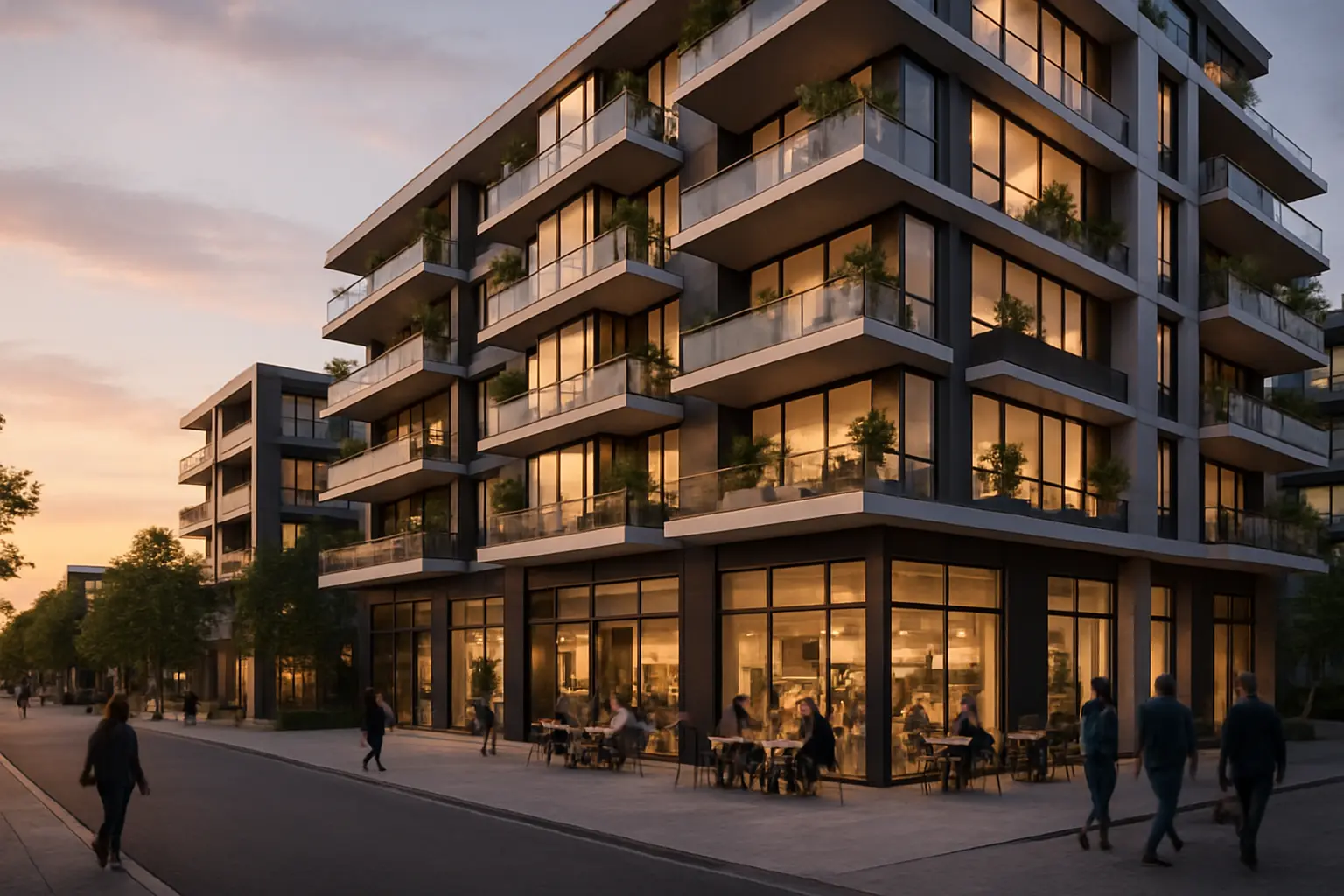The Mixed-Use Revolution: How Hybrid Properties Are Reshaping Real Estate Investment
Discover why savvy investors are turning to properties that blend commercial and residential spaces for maximum returns in today's market.

Understanding the Rise of Mixed-Use Properties
The real estate landscape is experiencing a remarkable transformation as mixed-use properties emerge as the cornerstone of modern urban development. These innovative spaces, which seamlessly blend residential and commercial elements, are responding to a fundamental shift in how people want to live, work, and play.
Urban planners and developers are increasingly recognizing that the traditional separation of residential and commercial zones no longer aligns with contemporary lifestyle preferences. Today's residents seek walkable communities where their homes, workplaces, and entertainment venues coexist in harmony.
Key Drivers of Mixed-Use Development
- Changing Demographics: Millennials and Gen Z professionals prioritize convenience and community connectivity
- Sustainability Focus: Reduced transportation needs and efficient resource utilization
- Work-Life Integration: Growing demand for spaces that accommodate remote work and lifestyle amenities
Strategic Advantages for Property Owners
Mixed-use properties offer investors a robust shield against market volatility through diversification. When one sector faces challenges, others can help maintain steady revenue streams, creating a more resilient investment portfolio.
"Mixed-use developments represent the future of real estate investment, offering unparalleled versatility and risk mitigation in an ever-evolving market landscape."
Financial Benefits
- Multiple Revenue Streams: Income from various property types and tenant categories
- Reduced Vacancy Risk: Diverse tenant base provides stability during market fluctuations
- Enhanced Property Values: Premium pricing potential due to increased convenience and amenities
Design Elements That Drive Success
Successful mixed-use properties require thoughtful design that creates synergy between different uses while maintaining the privacy and functionality each requires. The key lies in striking the perfect balance between integration and separation.
Essential Design Features
- Smart Space Allocation: Strategic positioning of retail, office, and residential areas
- Shared Amenities: Common areas that foster community interaction
- Access Management: Separate entrances and security systems for different uses
- Technology Integration: Smart building systems for efficient operation and enhanced user experience
Future-Proofing Your Investment
Mixed-use properties demonstrate remarkable adaptability to changing market conditions and evolving tenant needs. This flexibility is crucial for maintaining long-term value and ensuring sustainable returns on investment.
Adaptation Strategies
- Flexible Spaces: Designs that can be modified to accommodate changing market demands
- Technology Infrastructure: Future-ready connectivity and digital integration capabilities
- Sustainable Features: Energy-efficient systems and environmentally conscious design elements
The mixed-use revolution represents more than just a trend; it's a fundamental shift in how we approach real estate development and investment. By understanding and embracing this transformation, investors can position themselves to capitalize on the growing demand for integrated living and working spaces while building resilient, future-proof portfolios.


